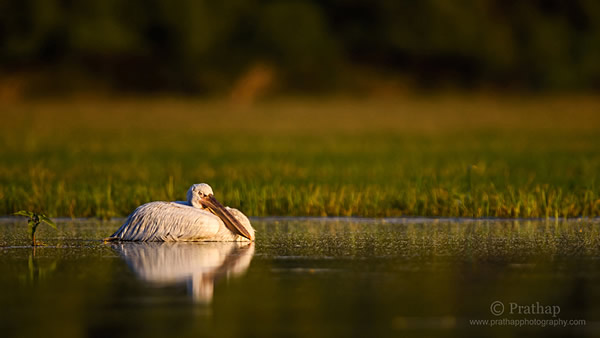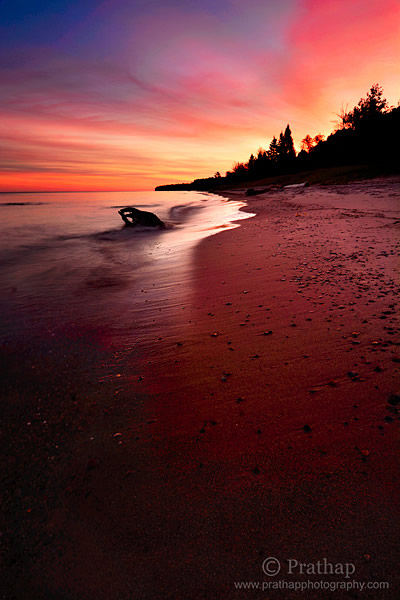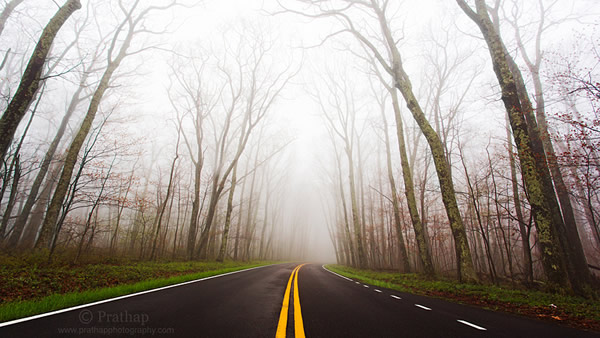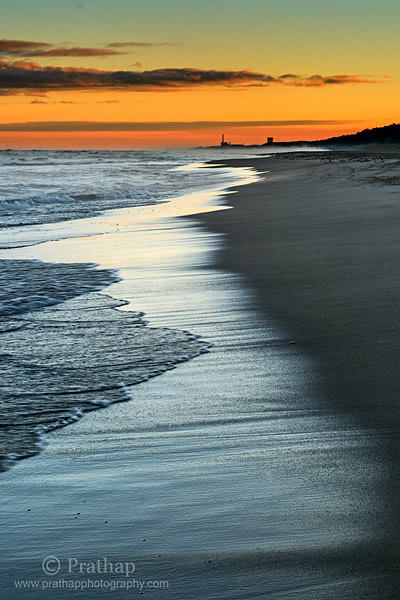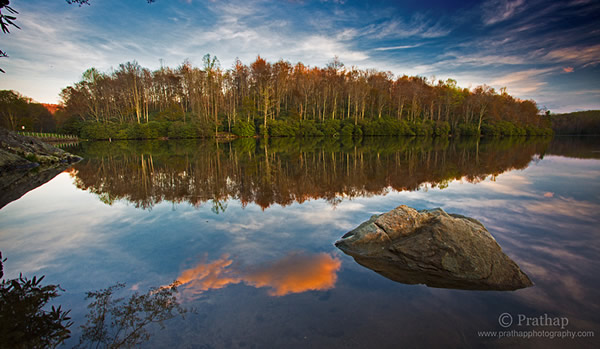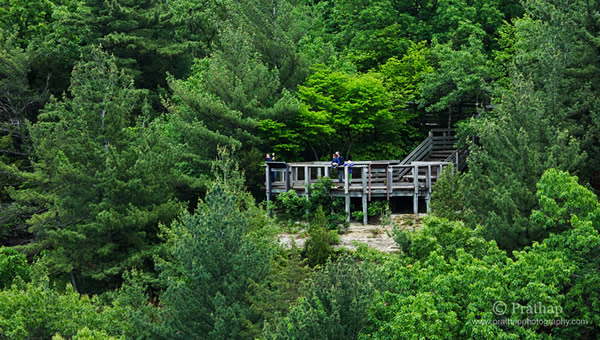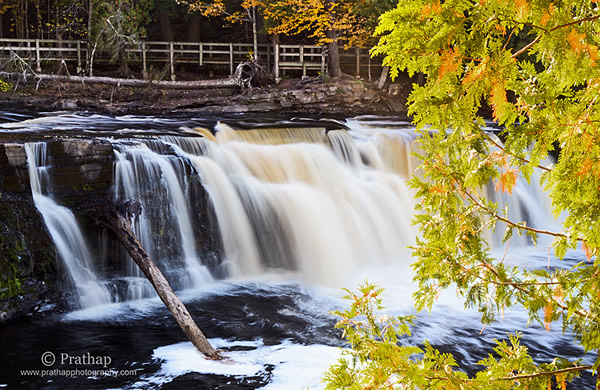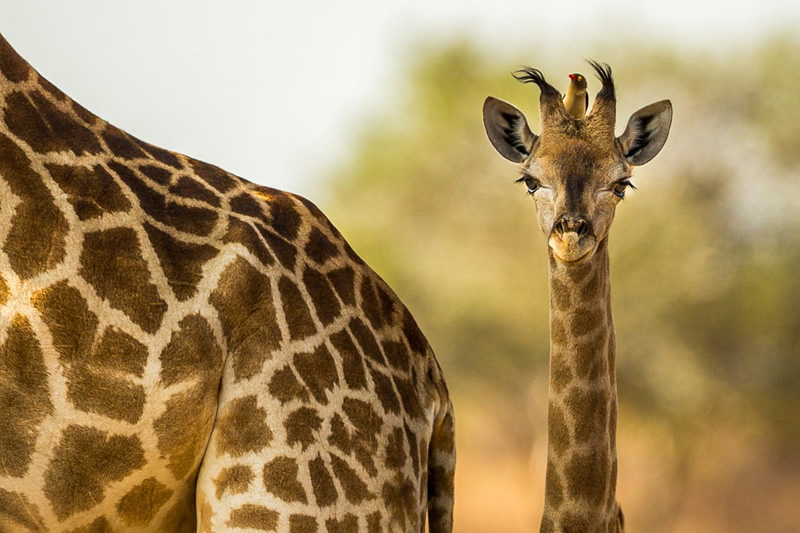Imagine that you are looking at the Yosemite Valley through Tunnel View at amazing Sunset. The entire scene is so breathtaking that you could pull out that next Ansel Adams photograph!
Do you think you have that potential to pull it out? Are you confident enough that you are going to get that perfect moment frozen in time which will be regarded as one of your most memorable photographs?
Think of this very simple yet profound quote from the great master of Landscape Photography, Ansel Adams: “You don’t take a photograph, you make it”
Image making process involves both technical and artistic aspects of photography. You have to make a photograph which requires you to know the techniques that will help you to portray what is in front of you in the best possible way!
Composition is usually overlooked by many photographers. Remember that the Masters of Photography are generally the best masters of Light and Composition. Photograph needs to be composed to make any sense.
“Composition is a process of organizing the chaoticscene to make sense out of it”
These 5 basic photography composition techniques are just a starting point of a life long journey of learning composition.
So…let’s jump in!
Photography Composition Technique #1: Rule of Thirds
It is a very simple but powerful composition technique in Photography. Imagine 3 equidistant horizontal and vertical lines drawn over the image which results in an arrangement like this.
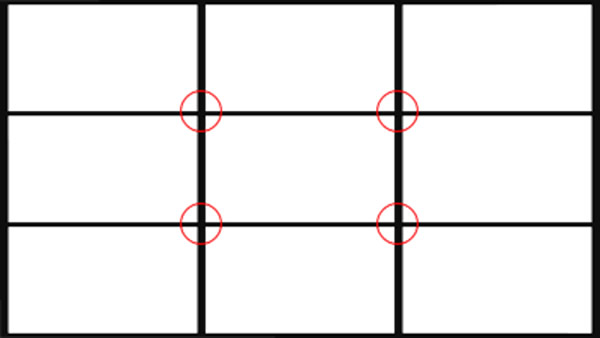
The 4 intersection points are called power points. If you place your main subject of interest on any of these 4 power points then the image is said to be dynamic.
The idea is to get the subject off center since the centered subject is static in nature. By placing the subject on any of the 4 power points you are creating dynamism with ease. The negative space around the subject is unequal creating a visually interesting photograph.
By keeping the horizon on either top or bottom 3rd you would create more dynamic composition in Landscape Photography. If the foreground is more interesting, keep the horizon on upper 3rd and if the background is more interesting, keep the horizon on lower 3rd thereby making the photograph more compelling.
In case of strong vertical subjects like trees, buildings, people, etc., place the vertical subject on left or right third.
Read more on The Rule of Thirds
Photography Composition Technique #2: Leading Lines
Leading lines is another simple but natural photography composition technique. Our eyes naturally follow lines; they tend to move from one point to the other point following the path.
Lines are the most basic elements in nature. They are everywhere; some are apparent and some or not. Common leading lines in nature are:
- Roads, Train tracks, Railings, Fence
- Bridges, Corridors, Pillars
- Coast lines, Pebbles on the beach, Waterfalls, Streams
- Receding patterns like trees, Rocks, Light poles
- …
The idea of leading lines is to lead the viewer from one point (usually foreground) to the other (usually background or the focal point). This way viewer travel through the photo enjoying it for lot more time. This also helps to create the visual depth.
Lines have many characteristics and skillful use of them could lead to more compelling photographs. For example:
- Horizontal Lines depicts Peace and Calmness
- Vertical Lines depicts Strength
- Diagonal Lines depicts Movement
- Sweeping Curved Lines depicts Soothing feel
- Tight Curved Lines depicts Tension
Read how to create depth using Leading Lines Composition Technique and Elements of Design.
Photography Composition Technique #3: Symmetry
If a photograph is composed in such a way that it can be divided into two equal parts then it is said to be Symmetrical.Symmetrical composition is balanced and depicts peaceful feeling.
There are several examples in the nature that yield symmetrical compositions, like:
- Reflections
- A Divider in the Road
- Railway Tracks
- Pillars, Lamps, Trees on either side of the Road
- …
Symmetrical compositions might get boring because they are static. By adding strong focal points, you could make it more appealing. The focal point keeps the visual interest in the photograph.
Photography Composition Technique #4: Pattern
Patterns are very interesting and important composition elements in Photography. If used properly, they can yield excellent results.
Patterns are repetition of shapes or textures that are organized in a rhythmic way.
If you carefully look for patterns there are everywhere in nature and also in man-made things, like:
- Trees, Lamp posts, Buildings
- Grasslands, Flower gardens, Tulip gardens
- Spirals in the leaves, Waves, Meanders, Cracks
- …
By using these patterns you can compose a visually compelling image that keeps the viewer engaged.
Repetitive patterns could soon be boring. Sometimes breaking this harmony or rhythm in pattern yields much better results by yielding a dynamic composition.
Photography Composition Technique #5: Framing
Framing can be a powerful composition technique if used properly. The idea is to frame the main subject of interest using complementing secondary subject.
But why do you need to frame it?
Because natural frames could keep the eye of the viewer focused on the main subject of interest! In addition it will help to create depth in the scene by acting as a foreground element which overlaps with the middle and/or background.
Care should be taken to use the framing technique properly. Any framing would not do, it should be natural looking framing. For instance, it is a good idea to frame beautiful meadows using a tree in the foreground whereas it will make no sense to frame it using a lamp post.
The frame should be complementing and should give a context to the main subject of interest to make the photograph more compelling!
Final Thoughts
These are just the most important ones to keep in mind. There are several other composition techniques which will help you to make stronger images.
Everything needs time and practice. So, I would recommend you to practice these 5 basic photography composition techniques as much as you can. See how good your photographs start to look by using one or more of these composition techniques.
Even if you practice just the Rule of Thirds and Leading Lines composition techniques, you would improve your photography by a good extent.
Good Luck!
About the Author
Prathap is the founder of Nature Photography Simplified blog. He is the Author of the eBook“15 Incredible Bird Photography Tips for Beginners”.
You can follow Prathap from below links:
Please check our previous Photography Videos posts:


